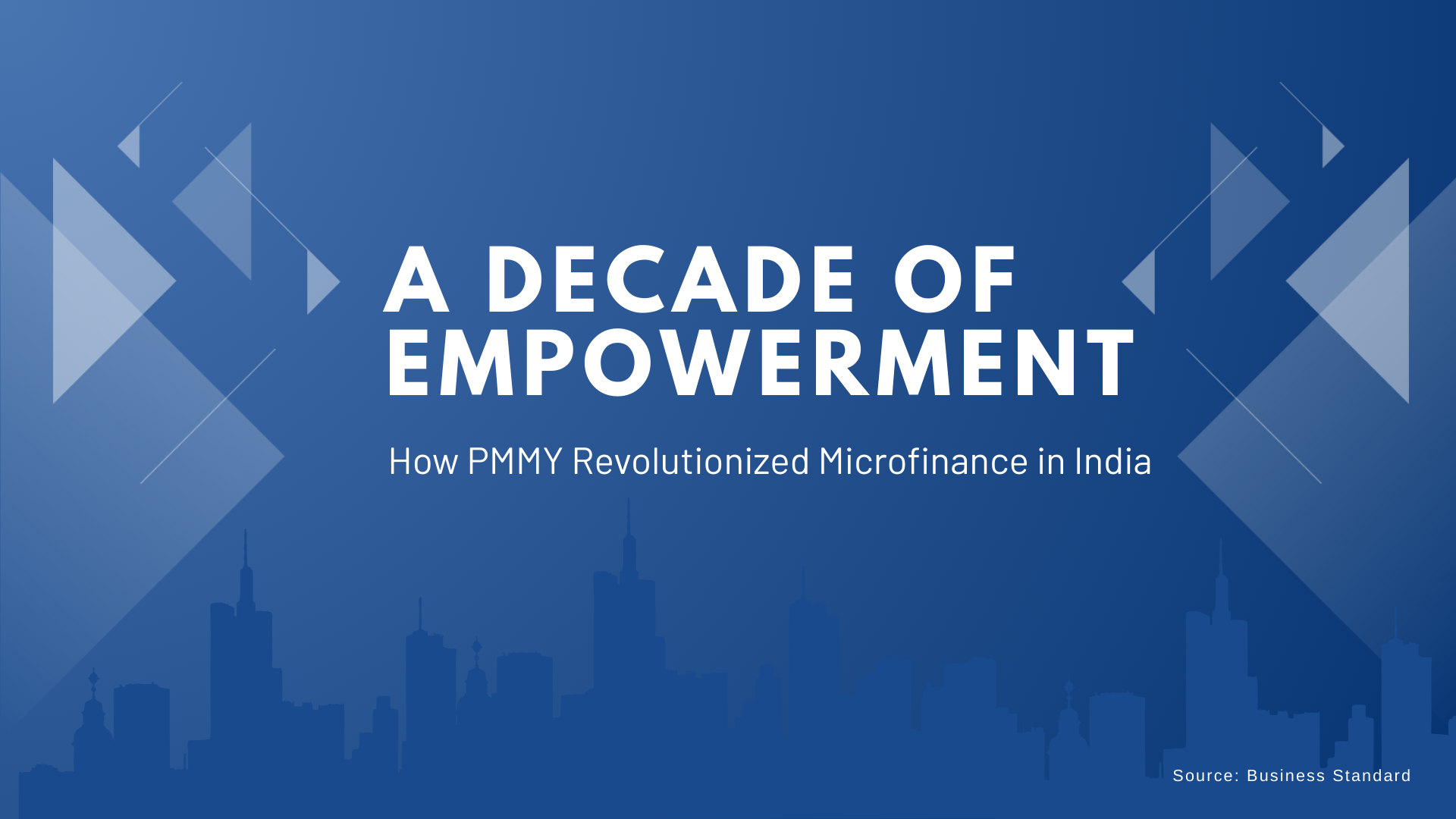On April 8, 2015, the Pradhan Mantri Mudra Yojana (PMMY) began with a simple yet powerful mission — to “fund the unfunded.” Over the past decade, this flagship initiative has profoundly transformed India’s credit landscape for micro and small entrepreneurs by offering collateral-free loans to empower millions in launching businesses, boosting incomes, and driving regional growth.
By December 2024, PMMY had disbursed over ₹31.3 trillion through 510 million loan accounts, a testament to the immense demand among micro-entrepreneurs and the success of government-backed lending risk mechanisms like the Credit Guarantee Fund for Micro Units. Notably, more than 100 million borrowers were first-timers, underscoring the scheme’s pivotal role in enabling new business ventures rather than refinancing existing ones.
PMMY’s three-tier structure — Shishu (up to ₹50,000), Kishore (₹50,000 to ₹5 lakh), and Tarun (₹5 lakh to ₹10 lakh) — allowed enterprises to access funding aligned with their growth stage. The introduction of Tarun Plus in October 2024, offering up to ₹20 lakh for repeat borrowers with excellent credit history, further elevated the program’s impact and incentivized repayment discipline.
Over time, the share of Shishu accounts fell from 92% to 63%, with the average ticket size for Shishu nearly doubling. Meanwhile, the Tarun segment stabilized above ₹8 lakh, reflecting a more mature and expanding microenterprise sector. From ₹1.37 trillion in sanctioned loans in FY16, the figure surged to ₹5.41 trillion in FY24. Furthermore, the near match between sanction and disbursal values (₹5.41T vs ₹5.32T) showcases the program’s high operational efficiency.
Encouragingly, PMMY loans have maintained strong asset quality, with NPA levels reducing to 3.4% in FY24, down from 4.77% in FY21.
The scheme also stands out for its inclusive reach:
- Women entrepreneurs secured 69% of total loans (₹13.8T across 348 million accounts)
- SCs, STs, and OBCs received ₹3.21T, ₹1.17T, and ₹6.5T respectively
- According to SBI’s 2023 Social Fabric Index, there was a 3.2x rise in financial inclusion between FY17 and FY22
During the COVID-19 pandemic, PMMY played a crucial countercyclical role. Under the Aatmanirbhar Bharat package, ₹677 crore worth of interest subvention on Shishu loans protected vulnerable borrowers, preventing defaults and sustaining livelihoods during economic strain.
State-level data reveals how local outreach and MSME ecosystems amplify success. For instance:
- Tripura leads with 86,320 Mudra accounts per 1 lakh people
- Karnataka, Tamil Nadu, and Odisha show robust microfinance penetration
- Bihar and West Bengal reflect both high borrower numbers and untapped growth potential
The real impact, however, lies in personal transformation. From a woman scaling her mat business in Nilambur to a floor mill owner in Tamil Nadu who transitioned from wage labor, these stories affirm PMMY’s role in turning dreams into enterprises and individuals into job creators.
Looking ahead, PMMY’s evolution must include:
- Handholding support by MLIs
- Business and digital skill development
- Market linkage and formal registration guidance
- Enhanced financial literacy and bookkeeping aid
The first decade of PMMY proves that accessible, collateral-free credit can serve as a catalyst for inclusive, grassroots economic growth. As India progresses through the Amrit Kaal, sustaining and strengthening this framework will ensure that opportunity becomes a right for all — not a privilege for a few.

